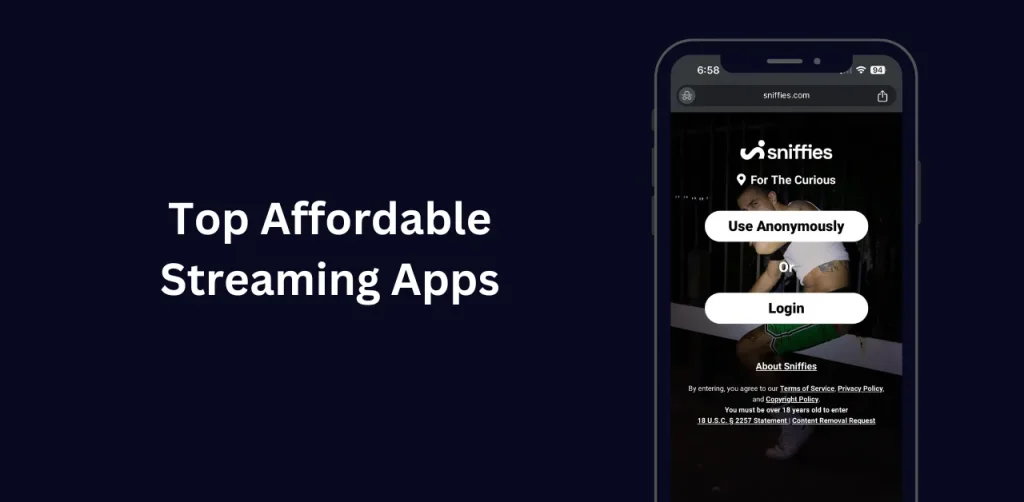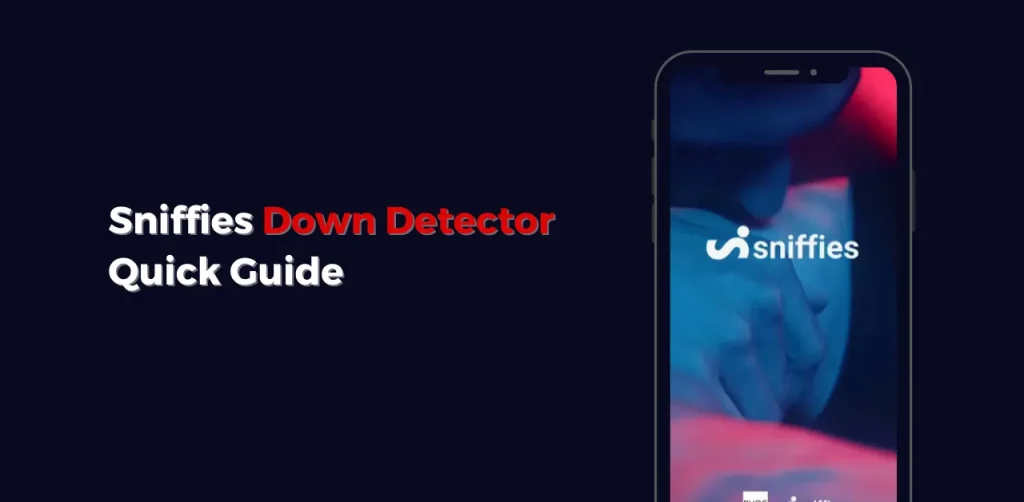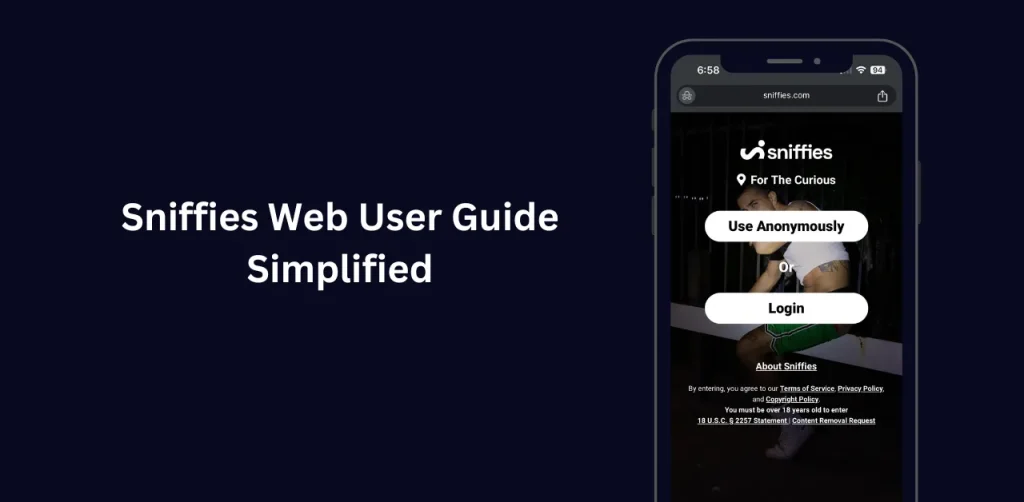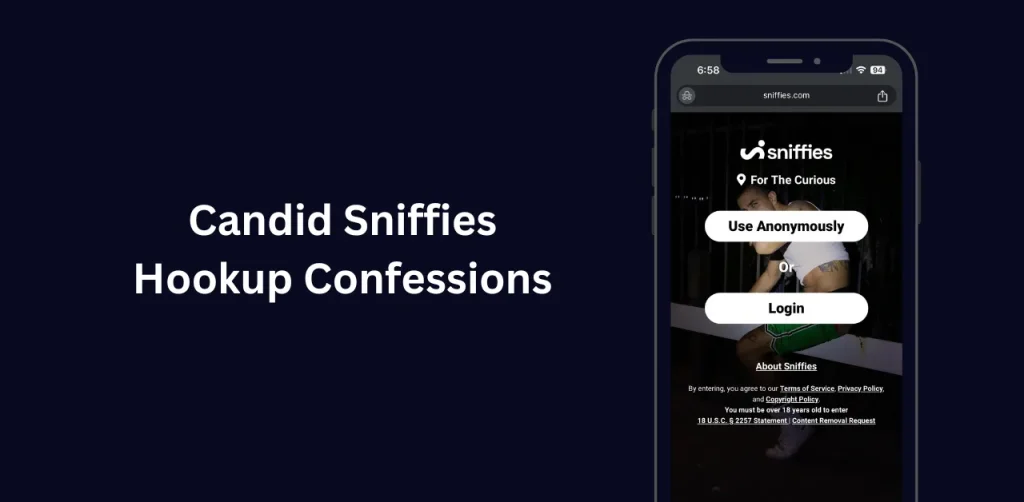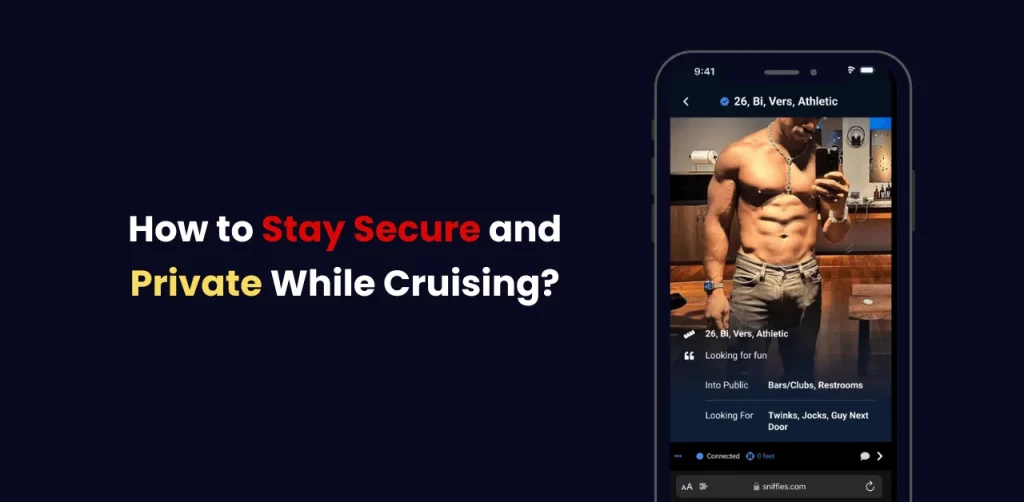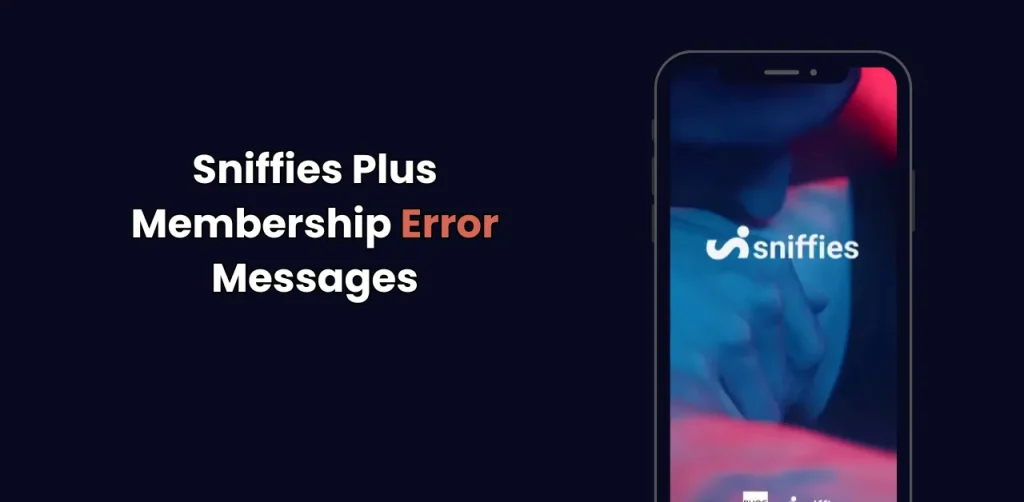Wrong Emails from Sniffies – How to Fix & Prevent Them
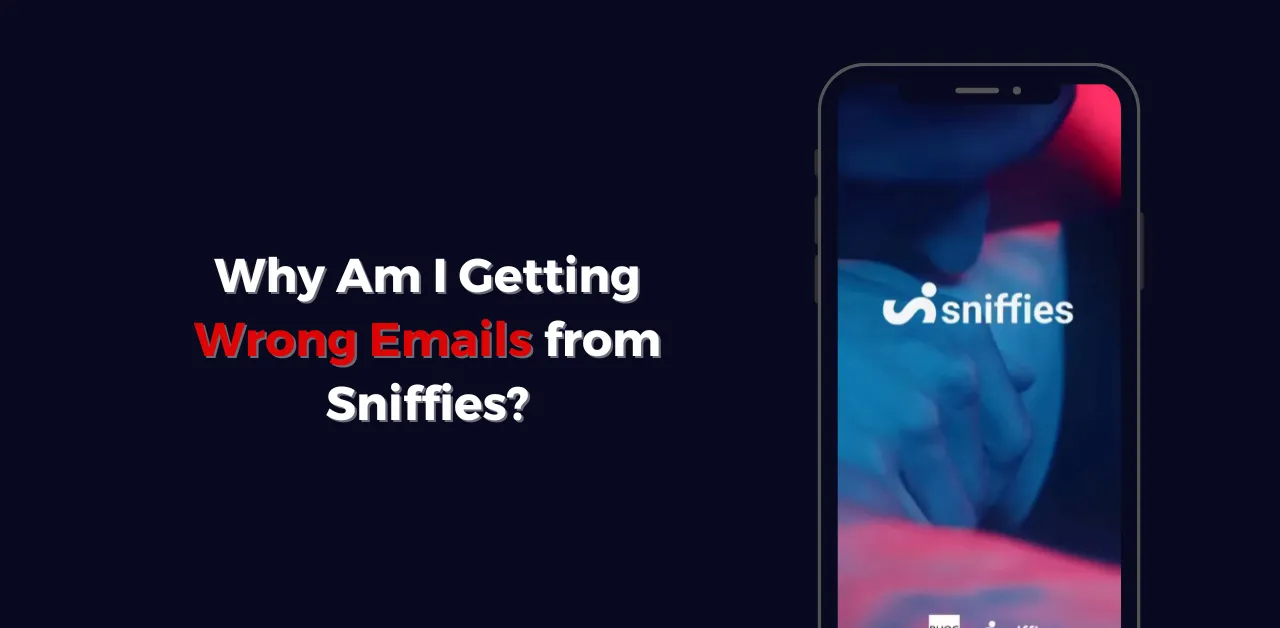
Sniffies, a popular cruising and hookup platform, has faced issues with phishing scams, including “wrong emails” that trick users into sharing personal information. These scams often exploit the platform’s popularity and mobile user base. This article explains how to identify and avoid phishing emails related to Sniffies, ensuring your safety online. We’ll cover common scam tactics, practical steps to protect yourself, and answers to frequently asked questions.
What Are Wrong Emails from Sniffies?
Wrong emails refer to phishing or scam emails that appear to come from Sniffies but are sent by cybercriminals. These emails often mimic official communications to steal your login credentials, financial details, or personal data. They may include fake login links, urgent warnings, or offers that seem too good to be true.
How to Spot Phishing Emails from Sniffies
Phishing emails often share common traits. Here’s how to identify them:
- Suspicious Sender Address: Check the email domain. Legitimate Sniffies emails come from “@sniffies.com,” not random or misspelled domains like “sniiffies.com” or “sniffies-support.net.”
- Urgent or Threatening Language: Scammers may claim your account is at risk or demand immediate action.
- Misspellings or Poor Grammar: Fake emails often contain typos or awkward phrasing.
- Unexpected Links or Attachments: Avoid clicking links or downloading files unless you’re sure they’re safe.
- Too-Good-to-Be-True Offers: Promises of free premium features or rewards are often scams.
Common Reasons – Wrong Emails from Sniffies
Scammers use specific tricks to target Sniffies users. Based on top-ranking websites and user reports, here are the most common tactics:
Typosquatting Attacks
Scammers register domains similar to “sniffies.com” (e.g., “sniiffies.com” with two “i”s). These fake sites may prompt you to log in, stealing your credentials.
Fake Subscription Offers
Emails may claim you’ve been charged for a premium Sniffies subscription or offer a free trial. Clicking these links can lead to malware or fraudulent payment forms.
Account Verification Scams
Some emails ask you to “verify” your account due to suspicious activity. These often lead to fake login pages designed to harvest your password.
System Glitches or Errors
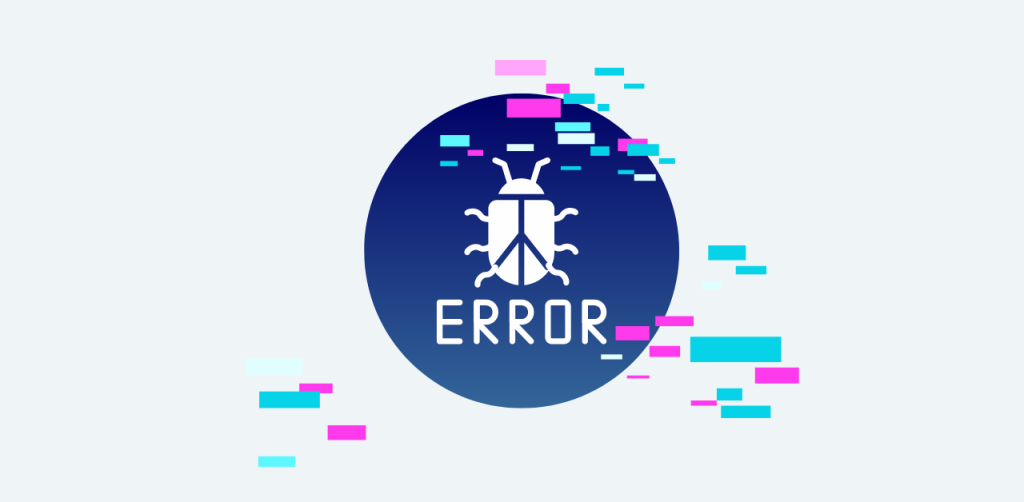
How to Protect Yourself from Sniffies Phishing Emails
Follow these actionable steps to stay safe:
- Check the Sender’s Email: Hover over the sender’s address to see the full domain. If it’s not “@sniffies.com,” mark it as spam.
- Avoid Clicking Links: Instead of clicking email links, manually type “sniffies.com” into your browser to log in.
- Use Bookmarks: Bookmark the official Sniffies website to avoid typosquatting scams.
- Enable Two-Factor Authentication: If Sniffies offers 2FA, enable it to add an extra layer of security.
- Report Suspicious Emails: Forward phishing emails to Sniffies support and report them to your email provider.
- Scan for Malware: If you’ve clicked a suspicious link, run a malware scan using trusted antivirus software.
How to Stop Receiving Wrong Emails from Sniffies
Check for Phishing Emails
Unsubscribe from Emails

Verify Account Ownership
Report the Issue to Sniffies Support
Block the Sender
If the emails persist and you are not a Sniffies user, consider blocking the sender through your email service.
Secure Your Account
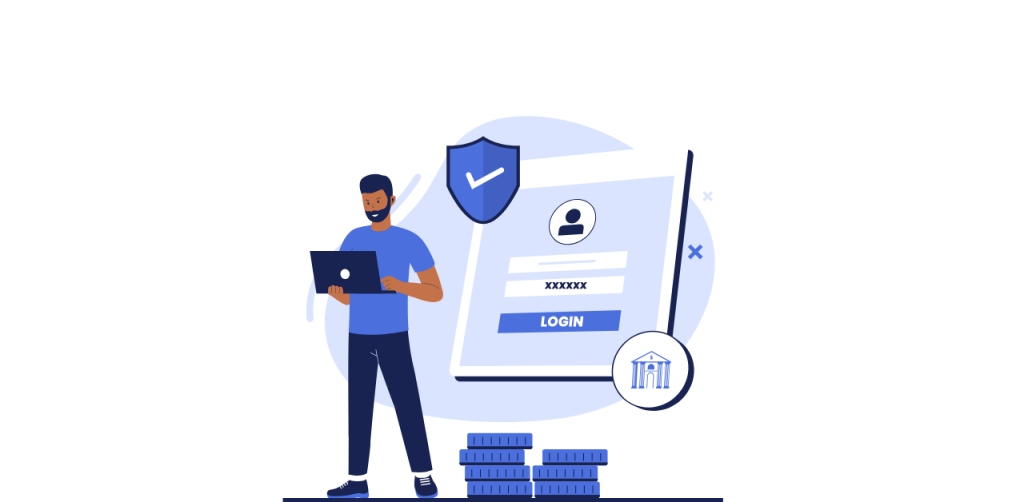
If you suspect unauthorized access to your account:
What to Do If You’ve Fallen for a Phishing Scam
If you suspect you’ve been scammed, act quickly:
- Change Your Password: Update your Sniffies password immediately. Use a strong, unique password.
- Contact Sniffies Support: Report the issue to Sniffies for account recovery assistance.
- Monitor Your Accounts: Check bank accounts and other platforms for unauthorized activity.
- Freeze Your Credit: If financial data was exposed, contact credit bureaus to freeze your credit.
- Run a Security Scan: Use antivirus software to check for malware or keyloggers.
Why Am I Getting Emails From Sniffies If I Never Signed Up?
Someone may have accidentally entered your email address during account creation, or it could be a phishing attempt. Contact Sniffies support to resolve the issue.
How Can I Stop Emails From Sniffies Permanently?
You can unsubscribe from Sniffies emails by following the link in the footer of their emails. Alternatively, block the sender via your email settings.
Are these emails a security threat?
Not all unexpected emails are harmful, but some might be phishing attempts. Before responding to the email, confirm the sender’s legitimacy.
Can I Change the Email Linked to My Sniffies Account?
Yes, log in to your account, navigate to settings, and update your email address to a new one. This ensures you receive only relevant notifications.
In the event that my account is compromised, what should I do?
Immediately reset your password, enable two-factor authentication (if available), and contact Sniffies support for assistance.
Conculsion
Receiving wrong emails from Sniffies can be inconvenient, but it’s usually an issue that’s easy to resolve. By understanding the potential causes and taking the appropriate steps such as verifying your account, unsubscribing, or reaching out to support you can address the problem effectively.
If you’re unsure about the legitimacy of an email, always prioritize your online safety by avoiding unverified links and reporting suspicious activity. By staying proactive, you can ensure a secure and clutter-free inbox while enjoying the best of Sniffies’ platform.

